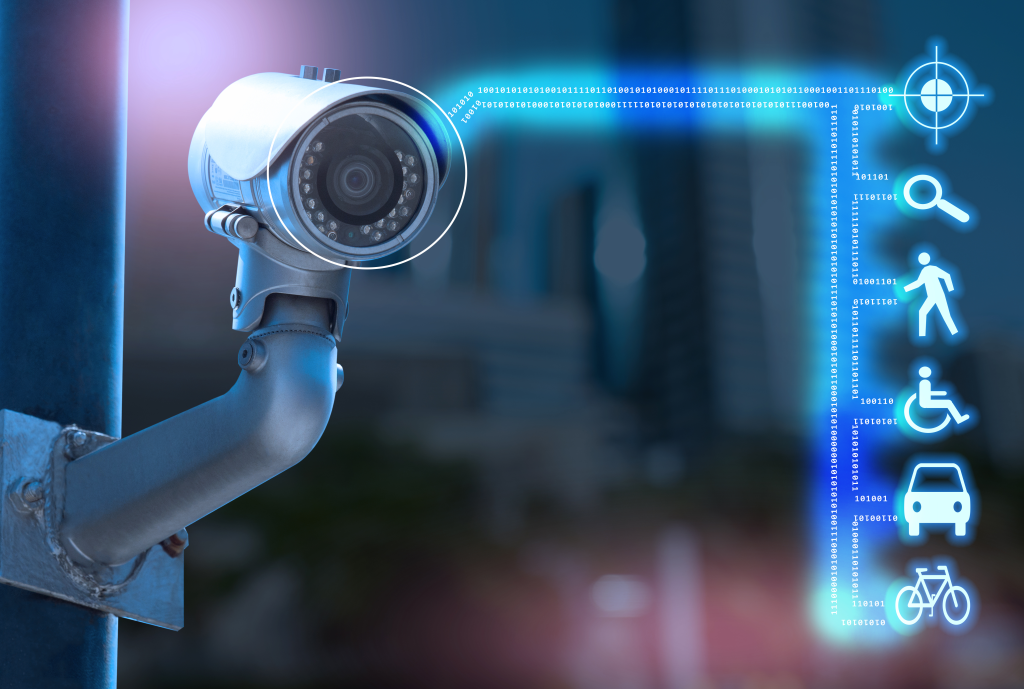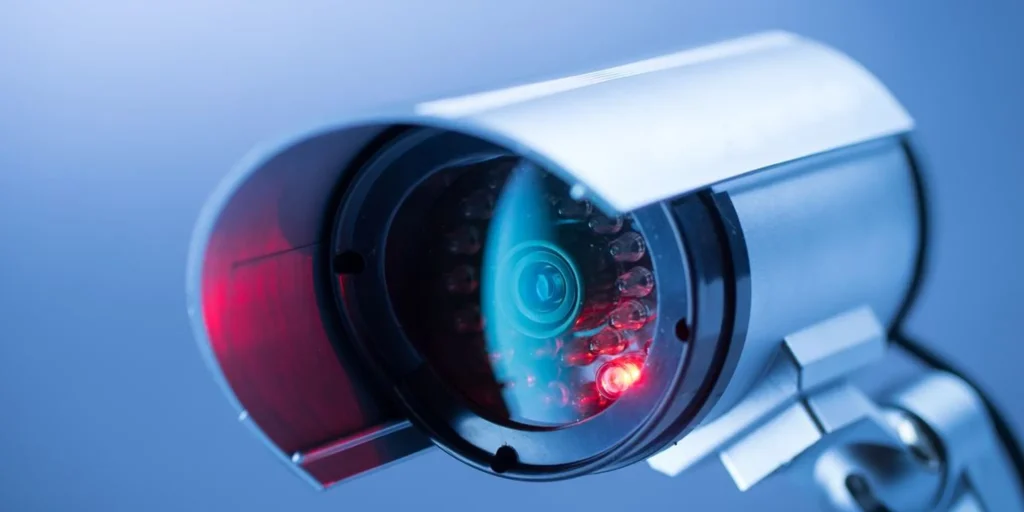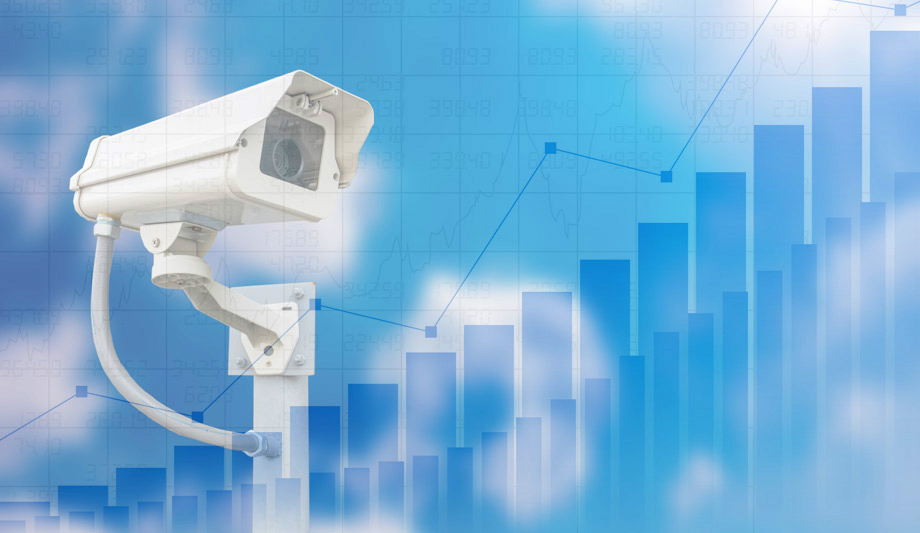Maximizing ROI: Tips for Deploying LPR Camera Systems Effectively
In today’s digital age, where security concerns are on the rise and operational efficiency is paramount, businesses are increasingly turning to innovative technologies like License Plate Recognition (LPR) camera systems or Automatic Number Plate Recognition (ANPR) cameras to address these challenges. LPR systems offer a wide array of benefits, from enhancing security and improving parking management to optimizing traffic flow and streamlining logistics operations. However, deploying LPR camera systems effectively requires careful planning, meticulous execution, and continuous optimization to ensure maximum return on investment (ROI). In this comprehensive guide, we will delve deeper into the intricacies of deploying LPR camera systems, providing actionable insights and strategies to help businesses unlock their full potential.
Table of Contents
Understanding License Plate Recognition (LPR) Technology
At its core, License Plate Recognition (LPR) technology utilizes advanced cameras equipped with Optical Character Recognition (OCR) software to automatically capture, read, and store license plate information from vehicles passing through a designated area. This technology enables businesses to extract valuable data such as license plate numbers, vehicle make and model, time stamps, and location details, which can be leveraged for various applications including security, access control, parking management, and traffic analysis.

The Benefits of LPR Camera Systems
Enhanced Security:
LPR camera systems play a crucial role in enhancing security by providing real-time monitoring and identification of vehicles entering or exiting a premises. This capability is invaluable for law enforcement agencies, parking facilities, and private businesses in deterring crime, tracking stolen vehicles, and identifying suspicious activity.
Improved Efficiency:
By automating the process of license plate recognition, LPR camera systems significantly improve operational efficiency. They eliminate the need for manual data entry, reduce human error, and enable rapid identification of vehicles for various purposes such as access control, toll collection, and parking management.
Data Insights and Analytics:
LPR systems generate a wealth of data that can be leveraged to gain valuable insights into vehicle traffic patterns, customer behavior, and operational trends. By analyzing this data, businesses can make informed decisions, optimize resource allocation, and identify opportunities for process improvement.
Cost Savings:
While the initial investment in LPR camera systems may seem significant, the long-term cost savings can be substantial. By automating repetitive tasks, reducing the need for manual intervention, and minimizing instances of fraud or misuse, LPR systems help businesses streamline operations and lower overhead expenses.

Key Considerations for Deploying LPR Camera Systems Effectively
Define Objectives and Use Cases:
Before deploying an LPR camera system, it’s essential to clearly define the objectives and use cases for the technology. Whether the goal is to enhance security, improve parking management, or optimize traffic flow, having a clear understanding of the desired outcomes will guide the deployment strategy and ensure alignment with business goals.
Conduct Site Surveys and Assessments:
Each deployment environment presents unique challenges and considerations that must be taken into account. Conducting thorough site surveys and assessments will help identify potential obstacles such as lighting conditions, camera placement, and environmental factors that may impact the performance of the LPR system. By addressing these factors proactively, businesses can optimize system performance and ensure reliable operation.
Select the Right Hardware and Software:
Choosing the appropriate hardware and software components is critical to the success of an LPR deployment. Consider factors such as camera resolution, processing power, storage capacity, and compatibility with existing infrastructure when selecting LPR equipment. Similarly, evaluate the capabilities of OCR software solutions in terms of accuracy, speed, and scalability to meet the specific requirements of the deployment environment.
Optimize Camera Placement and Configuration:
The effectiveness of an LPR camera system depends largely on the placement and configuration of the cameras. Position cameras strategically at entry and exit points, parking lots, or other areas of interest to maximize coverage and capture quality. Ensure proper alignment, angle, and height for optimal license plate readability, and adjust camera settings such as exposure, focus, and shutter speed as needed to achieve the desired results.
Implement Robust Data Management and Security Practices:
With the proliferation of data generated by LPR systems, it’s essential to implement robust data management and security practices to safeguard sensitive information and comply with privacy regulations. Establish protocols for data storage, retention, and access control, and deploy encryption and authentication mechanisms to protect data integrity and prevent unauthorized access.
Integrate with Existing Systems and Workflows:
To maximize the value of an LPR camera system, it’s important to integrate seamlessly with existing systems and workflows. Whether integrating with access control systems, parking management software, or third-party applications, ensure compatibility and interoperability to facilitate data sharing, automation, and process optimization.
Provide Training and Education:
Successful deployment of an LPR camera system requires adequate training and education for users and stakeholders. Provide comprehensive training programs to familiarize personnel with system operation, troubleshooting procedures, and best practices for maximizing effectiveness. Additionally, educate stakeholders on the benefits of LPR technology and address any concerns related to privacy, security, or compliance.
Monitor Performance and Conduct Regular Maintenance:
Once deployed, monitor the performance of the LPR camera system closely and conduct regular maintenance to ensure optimal operation. Proactively identify and address issues such as camera malfunctions, software glitches, or environmental changes that may affect system performance. Implement routine maintenance tasks such as cleaning cameras, updating software, and calibrating sensors to prolong the life of the system and minimize downtime.
Advanced Strategies for Maximizing ROI with LPR Camera Systems
While the aforementioned considerations lay the foundation for the successful deployment of LPR camera systems, businesses can further optimize ROI by implementing advanced strategies tailored to their specific needs and objectives. Here are additional strategies to consider:

Predictive Analytics:
Leverage the data collected by LPR camera systems to develop predictive analytics models that forecast future trends and patterns. By analyzing historical data on vehicle traffic, parking occupancy, and customer behavior, businesses can anticipate demand fluctuations, optimize resource allocation, and improve decision-making processes.
Real-Time Alerts and Notifications:
Implement real-time alerting mechanisms that notify stakeholders of critical events or anomalies detected by the LPR camera system. Whether it’s identifying unauthorized vehicles, detecting parking violations, or flagging suspicious activity, timely notifications enable swift response and intervention, thereby enhancing security and operational efficiency.
Integration with IoT Devices:
Integrate LPR camera systems with Internet of Things (IoT) devices such as sensors, actuators, and smart controllers to create a connected ecosystem that automates workflows and enhances functionality. For example, integrate LPR systems with electronic gates, barriers, or signage to automate access control procedures and improve traffic flow management.
Personalized Customer Experiences:
Use the data captured by LPR camera systems to personalize customer experiences and enhance engagement. For instance, retailers can use license plate data to identify loyal customers, offer targeted promotions, and tailor marketing campaigns based on past purchasing behavior and preferences.
Revenue Generation Opportunities:
Explore revenue generation opportunities by monetizing the data collected through LPR camera systems. For example, parking facilities can leverage LPR data to implement dynamic pricing models, optimize parking space utilization, and generate additional revenue streams through premium parking services or advertising partnerships.
Continuous Improvement and Innovation:
Embrace a culture of continuous improvement and innovation to stay ahead of evolving technology trends and customer expectations. Regularly evaluate the performance of LPR camera systems, solicit feedback from users and stakeholders, and invest in research and development to explore new use cases and functionalities that add value to your business.
Conclusion
License Plate Recognition (LPR) camera systems offer a multitude of benefits for businesses seeking to enhance security, improve efficiency, and maximize return on investment (ROI). By following the key considerations and advanced strategies outlined in this guide, businesses can deploy LPR camera systems effectively and unlock their full potential. Whether it’s optimizing camera placement, integrating with existing systems, leveraging predictive analytics, or exploring revenue generation opportunities, businesses have the tools and resources to harness the power of LPR technology and drive business success in today’s dynamic landscape. With careful planning, strategic implementation, and a commitment to continuous improvement, LPR camera systems can deliver substantial benefits and position businesses for long-term growth and success.

